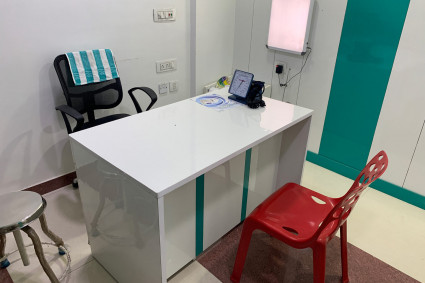Medical professionals recommend imaging tests if they suspect there is something wrong that cannot be diagnosed with physical examination and blood tests. That is when imaging tests like CT scan play a major role. Computed tomography or CT scan is a commonly used imaging scan that uses ionizing radiation to create images of the inside of the body. Doctors use this scan to detect broken bones or tumours. In this article, let’s check out the various types of CT scans.
What is a CT scan?
Computed tomography, widely known as CT scan, is a type of imaging procedure that plays an important role in the medical field to help diagnose several health conditions, such as broken bones, infections, and tumors.
This method uses X-rays to capture images of the subject. During the test, the patient lies on an examination table, and the tube spins around the patient to capture several images from different angles. The computer then processes the images to produce detailed, two-dimensional slices.
5 common types of CT scans:
CT chest: A chest CT scan is used to examine the organs in the chest, including the heart, lungs and blood vessels. It produces multiple cross-sectional images of the organs and blood vessels in the chest, allowing doctors to determine the cause of breathing problems. Unlike the conventional imaging scan, a chest CT scan helps produce detailed images to help in the diagnosis. This scan is usually recommended to detect pneumonia, bronchiectasis, tuberculosis, emphysema, pulmonary embolism, lung cancer, tumour, and excess fluid in the lungs.
CT abdomen: A CT abdomen uses ionizing radiation to capture detailed images of the different organs in the digestive system, such as the pancreas, liver, kidneys, colon, spleen, and intestine. This CT scan is essential to detect liver illness, appendicitis, inflamed colon, diverticulitis, colon cancer and abscess. Doctors use this scan to detect any problems that are causing abdominal pain.
CT head: A head CT scan is an imaging scan that uses x-rays to produce detailed images of structures inside the brain to help diagnose a wide range of conditions, including injuries, tumours, stroke or other brain disease. Doctors usually recommend a head CT scan if a person experiences severe headache and dizziness. This CT scan can help detect severe anomalies including internal bleeding, edema and other neurological diseases.
CT angiography or angiogram: A CT angiography or angiogram is a vital imaging scan that helps assess a person’s likelihood for heart disease. In this particular CT scan, a contrast material is injected in the patient’s arteries and the machine captures the images of the blood flow in the body. This CT scan can help determine the early signs of heart disease, diagnose aneurysm, detect pulmonary embolism, check for warning signs of heart attack or stroke, and assess heart health.
CT bone: A CT bone is one of the most commonly used imaging scans to detect broken bones, injuries and other bone diseases like osteoporosis. This imaging scan is more commonly used than other conventional imaging scans, because it allows doctors to examine the surrounding tissues and muscles near the bones. This particular CT scan is also performed to diagnose bone cancer.
Apart from these, there are several types of CT scans available to diagnose or monitor different diseases. These CT scans can be performed with or without the use of a contrast material. Contrast materials can cause complications in individuals with a kidney disease, it is important to tell your doctor if you have a kidney disease beforehand.




